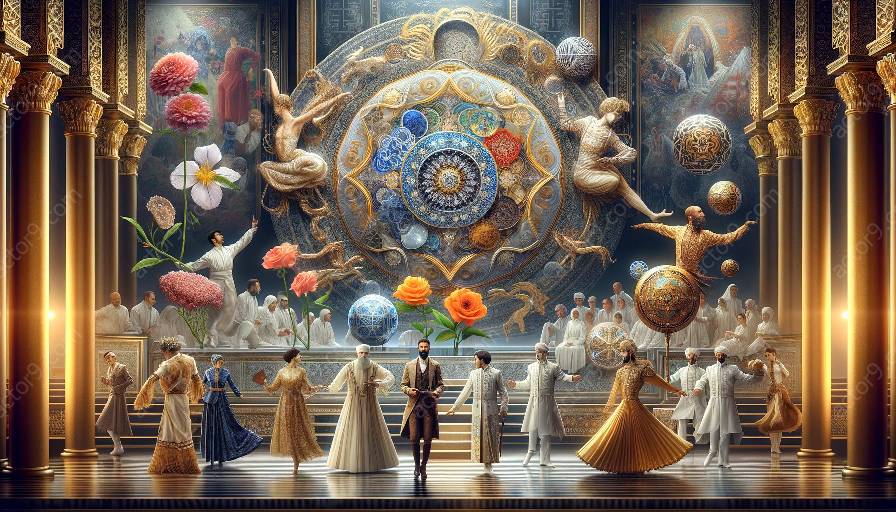The circus has always been a reflection of cultural perspectives and societal norms, encompassing a diverse array of gender roles that showcase the influence of tradition and culture on performing arts. In this topic cluster, we will delve into the captivating world of circus arts and explore how cultural influences have shaped and continue to shape gender roles within this unique and vibrant form of entertainment.
Cultural Influence in Circus Arts
Circus arts have been deeply influenced by the cultural heritage and traditions of various communities around the world. The performance styles, costumes, music, and narratives in circus acts often draw from the rich tapestry of cultural expressions, reflecting the values and beliefs of the societies from which they originate.
For example, the flamboyant and colorful costumes of the Brazilian circus, influenced by the country's vibrant Carnival traditions, embody the exuberance and celebration of Brazilian culture. Similarly, the graceful and elegant movements of Chinese acrobats reflect the age-old traditions of discipline and artistry that are deeply embedded in Chinese culture.
Moreover, the themes and narratives employed in circus performances often resonate with cultural symbolism and folklore. These narratives not only entertain but also serve as a means of preserving and transmitting cultural heritage to future generations, fostering a deep sense of pride and identity among the performers and audiences alike.
Circus Arts
Circus arts encompass a broad range of disciplines, including acrobatics, clowning, aerial acts, juggling, and more. This dynamic and multifaceted art form has a rich history that spans continents and has evolved over centuries, absorbing and reflecting the diverse cultural influences encountered along the way.
The circus has long been a melting pot of cultural exchange, with performers from different backgrounds bringing their unique traditions and art forms to the global stage. This cross-pollination of cultures has enriched the circus arts, creating a vibrant tapestry of expressions that celebrate diversity and unity.
Gender Roles in Circus
When exploring gender roles in circus, it becomes apparent that cultural perspectives play a significant role in shaping these roles. Traditionally, certain circus disciplines have been associated with specific gender expectations, reflecting historical norms and societal expectations.
For instance, the strongman and high-wire acts have often been dominated by male performers, while aerial silk and contortion acts have been associated with female artists. However, as societal attitudes evolve, so too do the gender roles within the circus. Today, the circus community is witnessing a shift towards more inclusive and diverse representations of gender, breaking free from traditional constraints and embracing a spectrum of expressions.
Cultural influences also play a pivotal role in the portrayal of gender roles in circus narratives. Stories and characters in circus performances often draw from cultural archetypes and mythologies, reflecting the unique perspectives and values of different societies. These narratives provide a platform for exploring and challenging traditional gender roles, bringing forth a more nuanced and inclusive representation of gender in the circus arts.
Diversity and Inclusion
As we embrace the cultural perspectives and gender roles in circus, it is crucial to promote diversity and inclusion within the circus community. By celebrating the myriad of cultural influences and traditions that shape circus arts, and by challenging and evolving gender roles, the circus can continue to be a reflection of the richness and complexity of human experience.
Through collaborative efforts and open dialogue, the circus arts can serve as a powerful catalyst for social change and progress, fostering an environment where every individual, regardless of gender or cultural background, can find their voice and make their mark on this timeless art form.


































